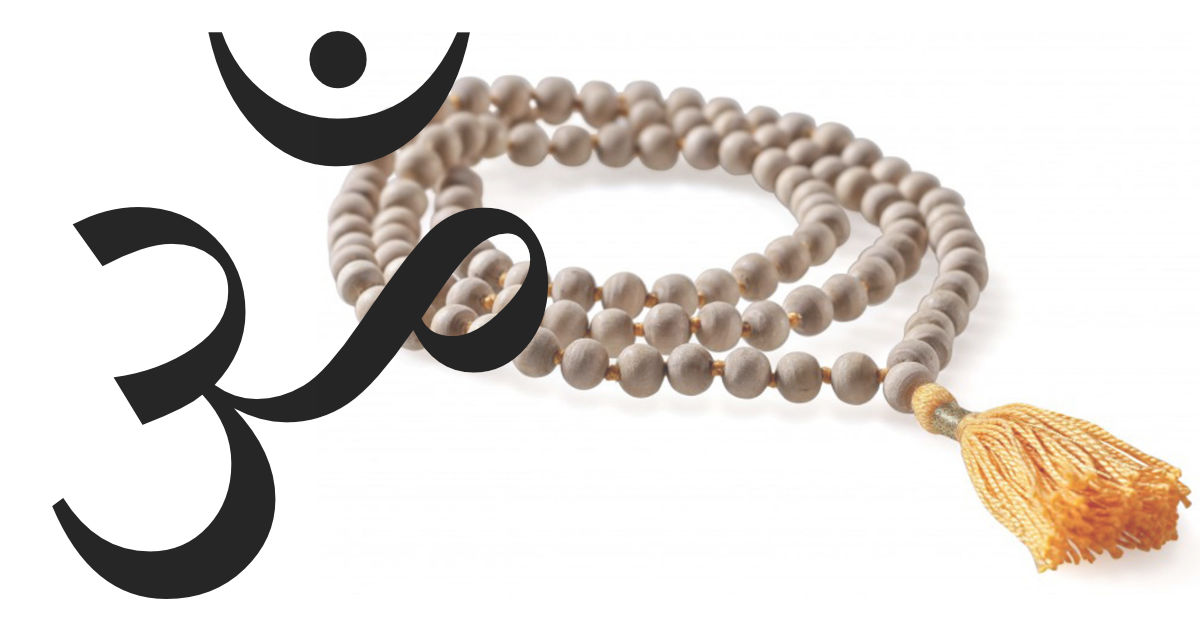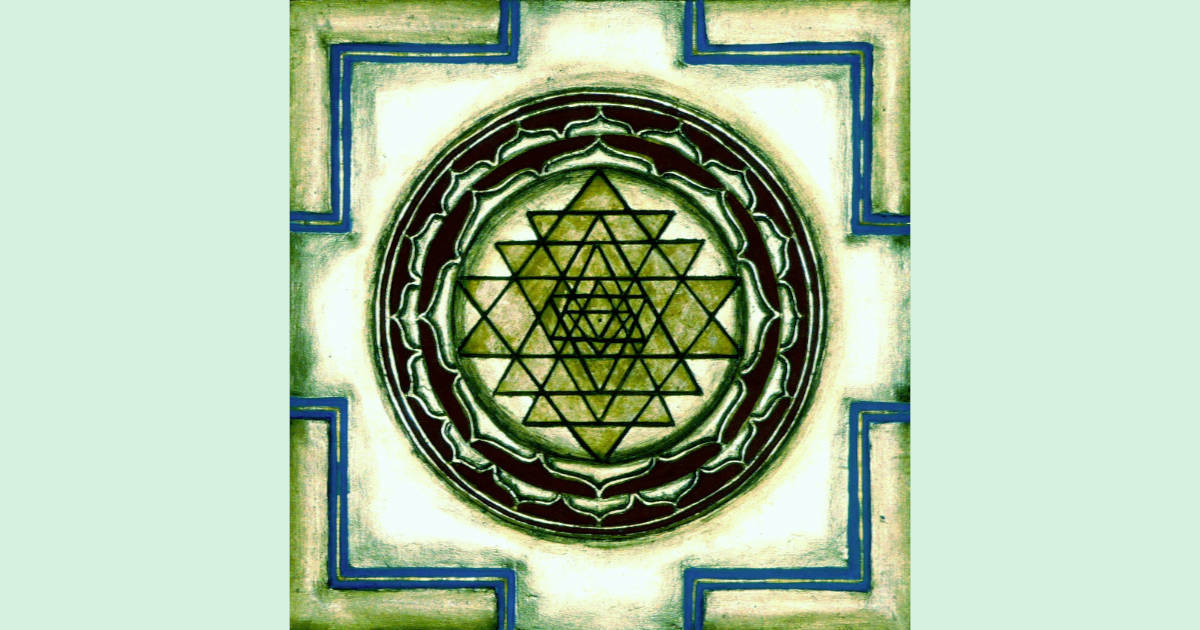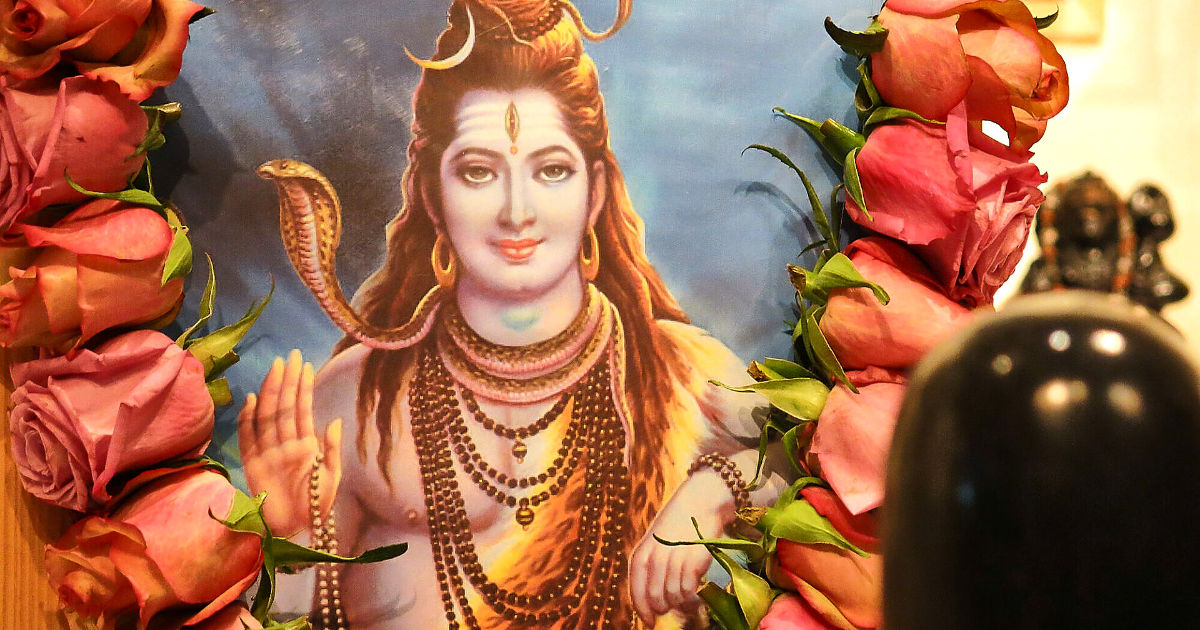The trishul in Shiva’s right hand represents the three Gunas – Sattva, Rajas and Tamas. It is his emblem of sovereignty. He rules the universe through these three gunas. The damaru in his left hand represents the Sabda Brahmin (transcendental sound). Continue reading
Tag Archives: ajna
567 – Chant with your heart – part 6
Soham with Shanmukhi Mudra.
This last stage is the most difficult and requires intense imagination, patience and control over the breathing process. First practice Shanmukhi mudra. Close your ears with the thumbs. Close your eyes with the index fingers, and lips with the ring and little fingers. Take a deep breath in and then close your nostrils with your middle fingers. Continue reading
566 – Chant with your heart – part 5
Spinal passage rotation with kundalini visualization and Soham.
Be relaxed mentally and physically. Practice deep rhythmic breathing. Become aware of the spinal passage and take the ingoing breath from ajna chakra at the top of the spinal passage down to mooladhara chakra at the base. As the breath moves down the spinal passage, try to feel it piercing each chakra in turn, but do not try to name them or stop at any one. Continue reading
422 – Chant Aum constantly
“Make Aum your name. Aum is Atman, the soul, Aum is the Brahman (ultimate reality). Aum is absolute existence, knowledge, and bliss. Aum is your centre, your silence, your refuge and shelter Aum is your heart (hridaya). Do Aum japa, feel Aum, live in Aum. Aum is everywhere, in everything, hum Aum, live in truth, feel Aum everywhere in the ether, flowers, trees, stones, inanimate and animate objects. Rejoice in the light of truth, knowledge and bliss. There is a vast ocean of bliss and knowledge at the back of the mind. Drive the mind into that source.” Swami Sivananda Saraswati.
Aum reminds us of our identity with the supreme soul. Aum blows out our false ego. Continue reading
306 – Understanding Tantra
Tantra is a very important part of the Hindu way of worship. In the course of history, it was divided into three main branches, Shakta, Shaiva, Vaishnava. Its sources are the Vedas. Every branch of Tantra has its own agamas. Agamas are believed to be the words which came out of God’s mouth. They were the pearls of wisdom emanating from Devi, Shiva, and Vishnu. Continue reading
195 – Mesmerizing colours
Who does not love the colours of the seasons? There is no misunderstanding and there are no clashes. In the Hindu tradition, we have different colours for different days of the week. There are numerous arguments on the subject. Continue reading
187 – The thousand names of Devi
Lalita Sahasranama means the thousand names of the Goddess Lalita. The thousand names of Devi are chanted in adoration and salutation to the goddess. How would we describe the nature of the Shakti of Lalita. The word Shakti comes from the root shak, which means the divine power by which the universe is created, maintained and destroyed. Shakti and Shaktiman both mean the ruler and controller of the power. Continue reading
170 – Om Namah Shivaya
Om Namah Shivaya means, ‘I salute Shiva,’ and ‘I bow down to Shiva.’ According to Swami Niranjanananda Saraswati, there are six different mantras in Om Namah Shivaya: Continue reading
165 – Chidakasha Dharana
Chidakasha is the space behind your eyebrow centre. It is the centre of your past, present and future memories. Dharana means concentration and the sadhana is concentrating on the space between the brows. Continue reading
148 – Ajna Chakra and the elements
We have worked on the five elements, and we have been consistent and dedicated in our sadhana. When our five elements and our chakras are balanced, ajna chakra the command centre is in control of our responses and reactions. We have ceased the battle with our contrariness and inconsistencies. The ajna chakra is the centre for our past, present and future memories. Continue reading










